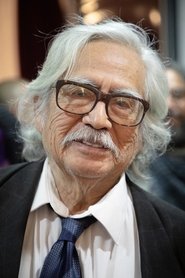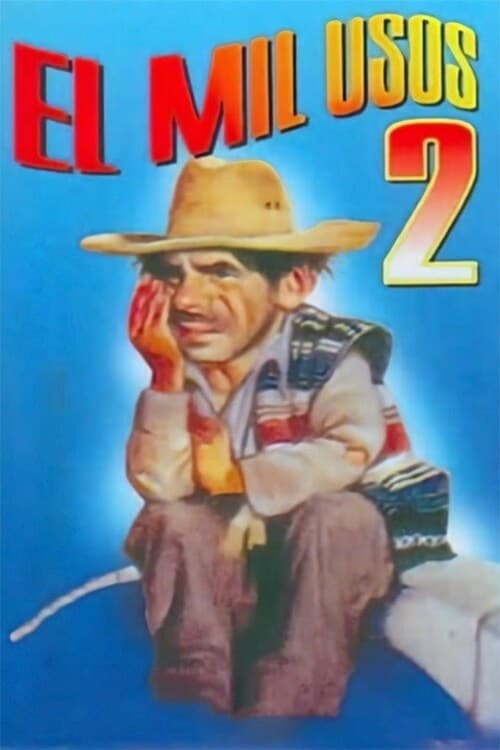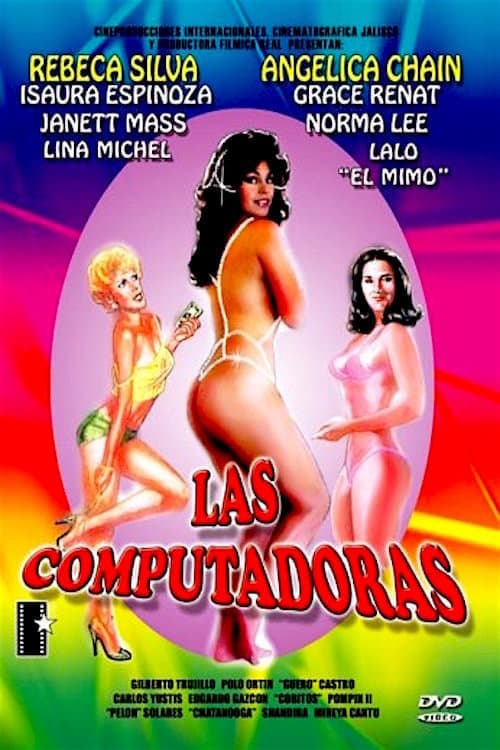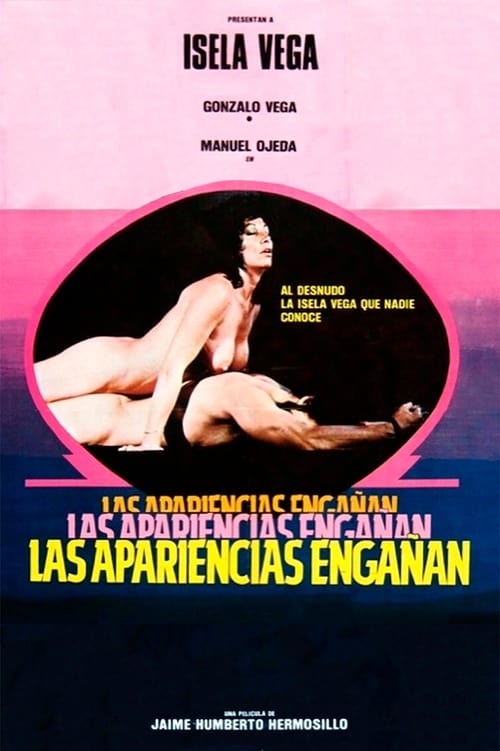
Ask Your Own Question
What is the plot?
What is the ending?
In the ending of "Erendira," after enduring a life of servitude and exploitation, Erendira ultimately escapes her oppressive circumstances. She confronts her grandmother, who has been a source of her suffering, and in a moment of defiance, she sets fire to the house, symbolizing her desire for freedom. The film concludes with Erendira riding away on horseback, finally liberated from her past.
Expanding on the ending in a detailed narrative:
As the climax of the film approaches, the atmosphere is thick with tension. Erendira, portrayed with a mix of vulnerability and burgeoning strength, stands in the dimly lit room of her grandmother's house. The walls, once a prison, now seem to close in on her, echoing the years of servitude she has endured. Her grandmother, a figure of authority and manipulation, looms over her, demanding obedience and loyalty. The air is heavy with the weight of their fraught relationship, a bond twisted by exploitation.
In a moment of clarity and resolve, Erendira's internal struggle culminates. She recalls the pain inflicted upon her, the sacrifices she has made, and the dreams that have been stifled. The flicker of rebellion ignites within her, and she decides that she can no longer live under her grandmother's oppressive rule. With a fierce determination, she gathers her courage and takes a match to the fabric of her past, igniting the flames that will consume the house. The fire quickly spreads, illuminating the darkness that has surrounded her for so long.
As the flames dance and crackle, Erendira's heart races. She feels a mix of fear and exhilaration, knowing that this act of defiance is her only path to freedom. The house, once a symbol of her entrapment, now becomes a beacon of her liberation. She watches as the fire engulfs the walls, the smoke curling up into the night sky, carrying away the remnants of her suffering.
In the chaos, her grandmother, realizing the gravity of the situation, attempts to regain control, but it is too late. The fire rages on, and the oppressive hold she had over Erendira is finally broken. The old woman, consumed by her own greed and cruelty, is left to face the consequences of her actions as the flames threaten to consume her as well.
With the house ablaze behind her, Erendira mounts a horse, her heart pounding with a mix of fear and hope. The night air is cool against her skin, a stark contrast to the heat of the fire. As she rides away, the weight of her past begins to lift. She is no longer the frightened girl bound by her grandmother's will; she is a woman reclaiming her life.
The film closes with Erendira galloping into the distance, the flames flickering in the background, a powerful symbol of her newfound freedom. The final image of her riding away encapsulates her journey from oppression to liberation, leaving behind the ashes of her past and embracing the uncertainty of her future.
In this ending, Erendira's fate is one of hope and resilience, while her grandmother's fate is one of destruction and loss, highlighting the stark contrast between the two characters and the consequences of their choices.
Is there a post-credit scene?
The movie "Erendira," produced in 1983, does not have a post-credit scene. The film concludes with a poignant ending that encapsulates the themes of sacrifice, love, and the struggle for freedom. After the tumultuous events of Erendira's life, the narrative wraps up without any additional scenes or epilogues following the credits. The focus remains on the emotional resolution of the characters and the impact of their choices throughout the story.
What is the significance of Erendira's relationship with her grandmother?
Erendira's relationship with her grandmother is central to the narrative, as it is marked by manipulation and control. The grandmother exploits Erendira's beauty and innocence, forcing her into a life of prostitution to pay off a debt. This dynamic showcases the themes of power and exploitation, as Erendira struggles against her grandmother's oppressive hold while yearning for freedom.
How does Erendira's life change after the fire?
After the fire that accidentally destroys her grandmother's home, Erendira's life takes a drastic turn. The fire symbolizes both destruction and a potential for rebirth. Following this event, she is thrust into a world of survival, where she must navigate her newfound freedom while grappling with the consequences of her past and the expectations placed upon her by her grandmother.
What role does the character of the young man play in Erendira's journey?
The young man, who becomes Erendira's love interest, represents a glimmer of hope and the possibility of escape from her grim reality. His affection offers her a sense of normalcy and emotional connection, contrasting sharply with her grandmother's cruelty. However, their relationship is fraught with challenges, as societal pressures and Erendira's obligations complicate their bond.
How does Erendira cope with her forced life of prostitution?
Erendira copes with her forced life of prostitution through a mix of resignation and rebellion. Initially, she feels trapped and powerless, but as the story progresses, she begins to assert her agency. Her internal struggle is palpable as she grapples with feelings of shame, anger, and a desire for autonomy, ultimately leading her to seek a way out of her dire circumstances.
What are the consequences of Erendira's actions throughout the film?
Erendira's actions throughout the film lead to a series of dire consequences, both for herself and those around her. Her attempts to break free from her grandmother's control and her life of exploitation result in tragic outcomes, including loss and betrayal. Each decision she makes is laden with emotional weight, reflecting her desperation for freedom and the harsh realities of her situation.
Is this family friendly?
"Erendira," produced in 1983, is not considered family-friendly due to several potentially objectionable or upsetting scenes. Here are some aspects that may be concerning for children or sensitive viewers:
-
Sexual Content: The film includes scenes that depict sexual exploitation and themes of prostitution, which may be inappropriate for younger audiences.
-
Violence: There are instances of violence and physical abuse, particularly in the context of the protagonist's struggles against her circumstances.
-
Emotional Trauma: The characters experience significant emotional distress, including themes of betrayal, loss, and manipulation, which may be heavy for sensitive viewers.
-
Dark Themes: The narrative explores themes of powerlessness and survival in a harsh environment, which can be unsettling.
-
Death: There are scenes that involve death and the consequences of violence, contributing to the film's overall somber tone.
These elements contribute to a mature narrative that may not be suitable for children or those who are sensitive to such themes.


























